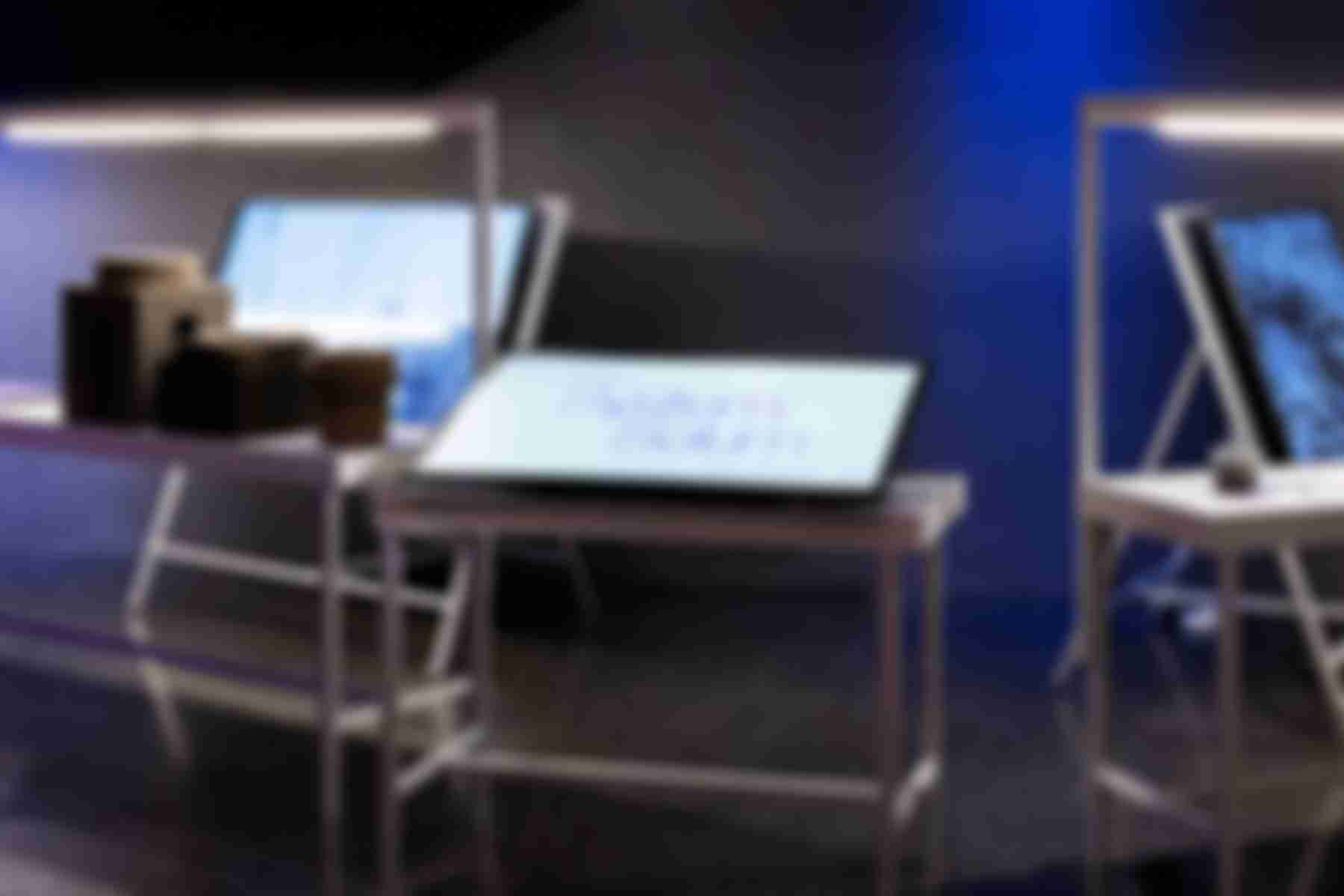Francesco
Scheffczyk


System: Solum
System: Solum is an interactive research map dealing with the geological soil body Solum. The SustainLab of the Burg Giebichenstein University of Art and Design Halle (hereafter Burg Halle) has worked on this topic and archived the results in an interactive interface. Two thematic focuses have emerged: (un)certain flows, which deals with future scenarios of the material gypsum, and prog/rammed earth, which experiments with new technologies to enable a forward-looking approach to local sediments.
In collaboration with Simon Maris and Ina Turinsky, I was commissioned to realise the technical implementation of System: Solum and complete it by the opening of the BurgLabs present exhibition at the Futurium.
Design
The interface is designed as a grid of square tiles, each with a cover that matches the theme. This form of presentation visualises the complexity of the topic without hiding any open gaps. When you click on a tile, the corresponding research result appears in a window next to it.
The sidebar on the left shows a list of all the tiles to give you a quick overview of all the research results. It can also be filtered at the top by the two research branches (un)certain flows and prog/rammed earth.
The screen design was provided by Simon and Ina and was not designed by me.
Technical implementation
Since many of the Burg Halle labs' web interfaces have already been implemented with Svelte and SvelteKit, this was also used here. Svelte allows component-based development, which ensured a fast and effective implementation of the research map.
The research results were created and collected as Markdown files. In addition, variables were set using Frontmatter, e.g. defining the tile cover or the coordinates of each tile. The interface was then rendered from these Markdown files.
The interface was initially implemented for the exhibition only, but an online version is planned.